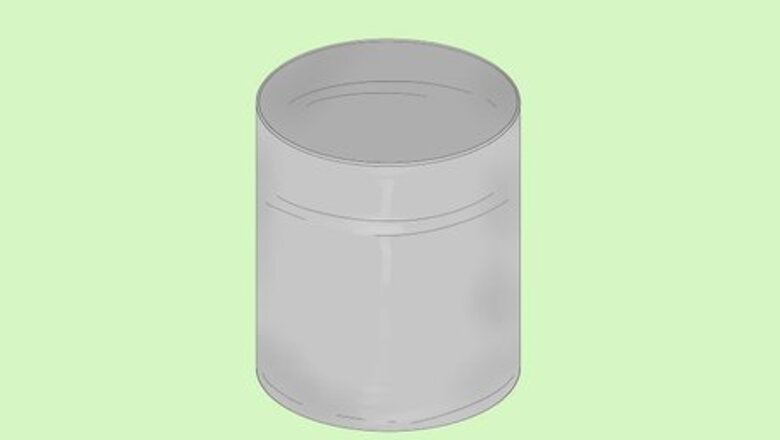
views
Building the Calorimeter
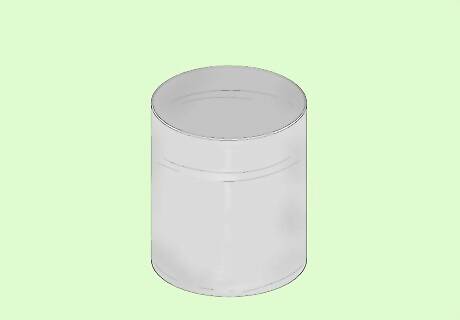
Get a small metal can. This can will be used to contain water that will be heated as part of the calorimetric measurements. Any small metal can will work, such as those used to package vegetables, or a soda can. Make sure that it is empty, clean, and open on one end. If you are using a soda can, the opening used for drinking out of the can will suffice.
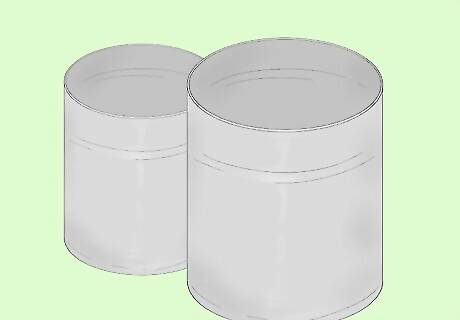
Get a larger metal can. You will need a second metal can, large enough that the small metal can will fit inside it with room to spare. Any larger metal can will work, such as a coffee can. Make sure that it is empty, clean, and open on both ends.
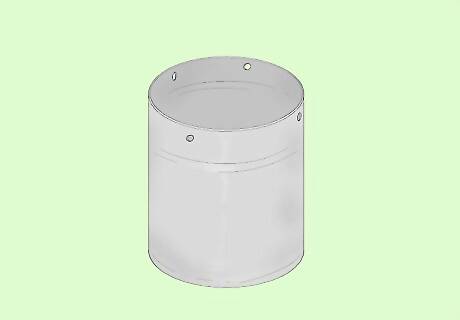
Puncture four small holes in the small can. Using a hole punch, ice pick, or other implement, carefully puncture four small holes (each one directly across from another) in the small metal can. Position the holes just below the rim of the open end of the can.
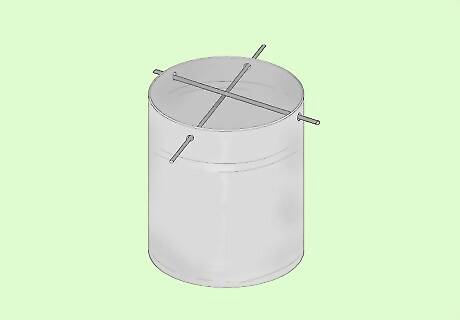
Slide two thin rods between the four holes in the can. Slide one rod through the can to the other side, then repeat with the other rod and the two remaining holes; the two rods should cross each other. These rods will be used to support the small can in the calorimeter. Temperature-resistant glass rods are ideal. If you do not have any, try any kind of sturdy, nonflammable rod.

Fill the small can with water. Using a graduated cylinder, flask, or other container, pour 100 mL of distilled water in the small metal can.

Measure the temperature of the water. Using a mercury thermometer (not a digital one), take the initial temperature of your water. You may need to leave the thermometer in the water for some time so that it can get an accurate reading of the water (which may change temperature as it adjusts to room temperature). Leave the thermometer in the water; you will need it to take another reading later.
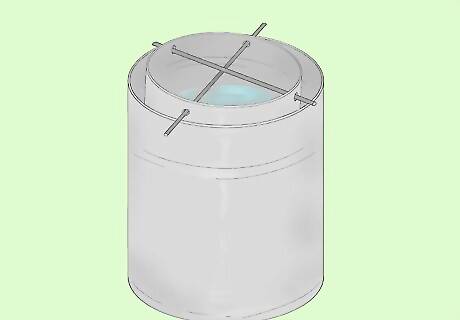
Place the small can inside of the larger one. The small metal can should rest securely inside the larger one, supported by the rods made of glass or another nonflammable material.

Unfold a paperclip and insert one end into a cork. A standard-size paperclip will be used to hold the food inside the calorimeter. Completely unfold the paperclip so that it forms a single long strand. Insert one end of the strand into the cork. Make sure it can stand upright with the unfolded paperclip sticking up.
Using the Calorimeter
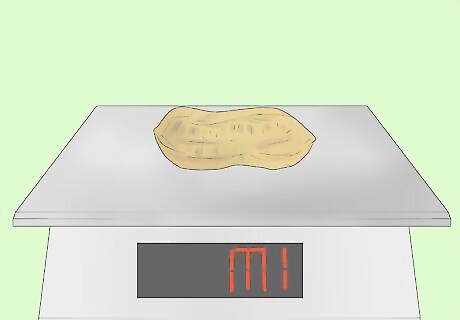
Obtain some food to test. Weigh the food using an accurate scale, and record the measurement. You will only need a small amount of the food. Good choices include a shelled peanut, potato chip, or other high-fat food.
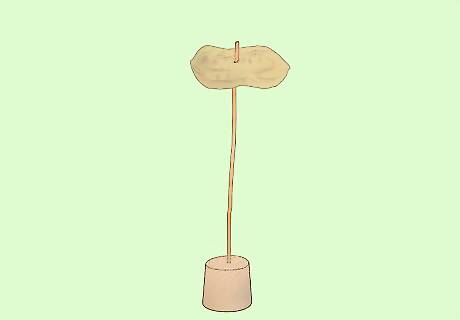
Prepare the cork food holder. Carefully wrap the end of the paperclip that is not sticking in the cork around the food you will test (or pierce it with the paperclip).

Light the food. Set the cork on a flat, nonflammable surface so that the food on the paperclip is sticking up. Light the food, using a butane lighter or other device. As soon as it catches fire, place the cans over it. Be very careful lighting the food and placing the cans over it so that you don’t burn yourself.
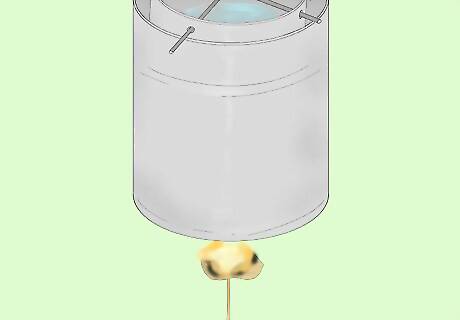
Let the food burn. Keep the cans over the food for as long as it takes to burn completely. As the food burns, it will heat the water in the small can that is suspending in the large can. Carefully watch the food as it burns. If it goes out quickly, before the food burns completely, relight it.
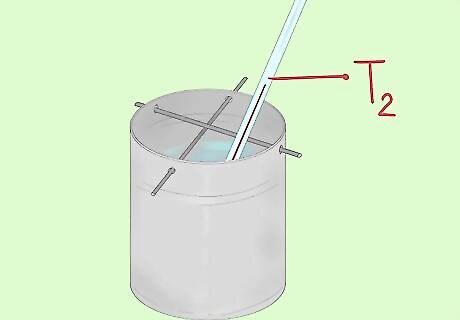
Check the temperature of the water. Once the food has completely burned out, stir the water in the small can using the thermometer. Record the temperature of the heated water. Be careful moving or touching the calorimeter, as the cans and other parts may be very hot.
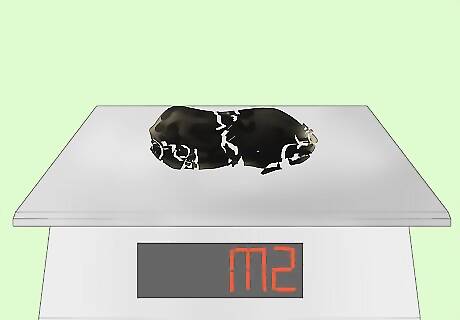
Weigh the burnt food. Once the burnt food has cooled completely, remove it from the paperclip. Weigh it again, and record the measurement.
Calculating

Understand the formula you will need to calculate calories. The formula used to determine the caloric value of a sample of food using a homemade calorimeter is relatively simple: calories = volume of water (in mL) x the temperature change (in Celsius) of the water.
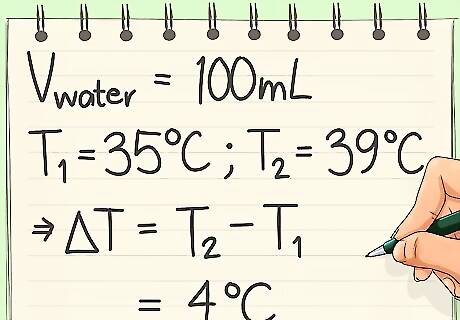
Gather the data you need to calculate. If you filled the small can with exactly 100 mL of distilled water, then you already know the volume of water (100 mL). If you recorded the initial temperature of the water, and its temperature after the food was burned, you can determine the temperature change by subtracting the smaller value from the larger. For instance, if the water in the can was initially 35 degrees Celsius, then 39 degrees Celsius after the food was burned, then you have a temperature change of 4 degrees (39-35 = 4).

Calculate the calories contained in the food. Using the formula and the data you collected, determine how many calories were in the food you analyzed. For instance, if you had a temperature change of 4 degrees, then the food contained 400 calories (400 = 100 mL x 4, using the formula calories = volume of water x the temperature change of the water) To determine Kcal of the food, multiply the temperature change of the water by the volume of water in liters. Using the example above, the sample would contain 0.4 Kcal (0.4 Kcal = 0.100 L water x 4)













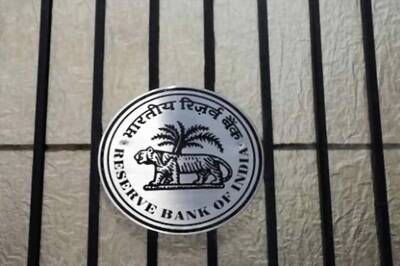



Comments
0 comment